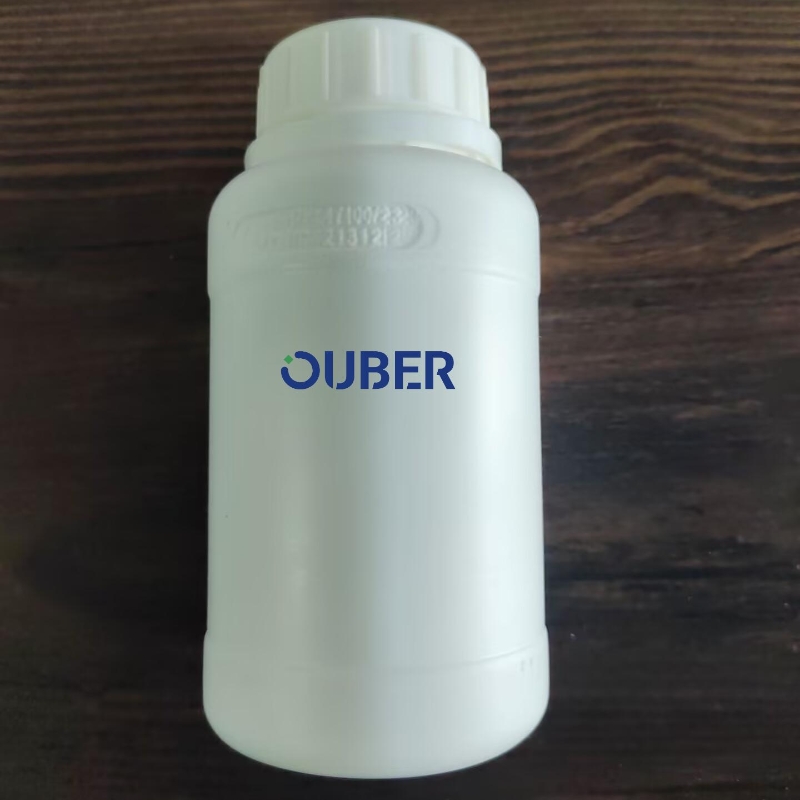Advances were made in the study of blood lymphocysis and autophagy immunology in marine invertebrates
-
Last Update: 2021-01-05
-
Source: Internet
-
Author: User
Search more information of high quality chemicals, good prices and reliable suppliers, visit
www.echemi.com
research team in marine molecular biology and genetics at the South China Sea Ocean Research Institute of the Chinese Academy of Sciences has made important research advances in the differentiation mechanism, phagocytosis activation and autophagy immunity of oyster blood in invertebrates. The research was recently published in Frontiers in Immunology, Cell and Developmental Biology.
blood lymphocytes are the core immune organs of invertebrates, and analyzing the regulatory mechanism of differentiation and phagocytosis is the key to understanding cellular immunity. Oyster blood lymph can be divided into two groups of granulocytes and transparent cells, the former of which has a strong ability to devour and stimulate ROS, is the main implementer of immune defense.
using flow cell sequencing combined with single-cell transcription group sequencing, researchers found 175 specifically highly expressed core differential expression genes in granulocytes, suggesting that they may be an "active" cell group. Further analysis showed that these genes formed a regulatory network with Cdc42 as the core, regulating a variety of immune cell activities such as cytostebrae, phagocytosphagy, mitochondrial respiratory chain, and so on. At the same time, by systematically knocking down the transcription factors specific to particle cells, FOS was found to regulate the transcription activation of several specific genes, which suggested its key role in the process of particle cell formation differentiation.
To better analyze the regulatory mechanisms of phagocytostic activation, the researchers isolated oyster phagocytotic cells using bead sub-selecting, and in combination with RNA-seq analysis, the adhesive spot signaling path path and extracellular substation (ECM) were significantly activated in the phagocytospheric cells, and inhibiting adhesive plaque kinase signaling significantly reduced cell devouring efficiency. At the same time, a large number of ECM molecules were found to be specifically distributed in the phagocytos. Evolutionary analysis showed that heparin polysaccharide gene sulphate appeared in the genome for genotycular specific expansion, indicating that the HSPGs family is a key surface subject of phagocytosis, identifying pathogens and initiating phagocytosis.
autophagy is an important regulatory mechanism for the maintenance of stable state in the environment and plays an important role in cellular immune defense. The researchers found that Vibrio infection induced the occurrence of oyster blood lymphatic autophagy, inhibited autophagy can lead to the appearance of cytokine bubbles, trigger apoptosis and reduce bactericidal capacity. At the same time, Vibrio infection induces a dual pressure of oxidative stress and energy stress, including the accumulation of reactive oxygen free
(ROS) such as superoxy anions (O
) and hydrogen peroxide (H
O
) and the production of adenosine phosphate (AMP). AMP and H
O
can not only trigger autophagy alone, but also activate autophagy critical signal path paths AMPK in a collaborative manner. Finally, by inhibiting AMPK phosphorylation or removing ROS accumulation, infection-induced autophagy can be blocked.
Yu Zinu, a researcher at the South China Sea Oceanographic Research Institute of the Chinese Academy of Sciences and author of the paper, said the study systematically revealed key regulatory events for oyster cell immunity and proposed new mechanisms for blood lymphocyte differentiation and autophagy activation. (Source: Zhu Hanbin Zhu Yanning, China Science Journal)
paper Information:
This article is an English version of an article which is originally in the Chinese language on echemi.com and is provided for information purposes only.
This website makes no representation or warranty of any kind, either expressed or implied, as to the accuracy, completeness ownership or reliability of
the article or any translations thereof. If you have any concerns or complaints relating to the article, please send an email, providing a detailed
description of the concern or complaint, to
service@echemi.com. A staff member will contact you within 5 working days. Once verified, infringing content
will be removed immediately.







